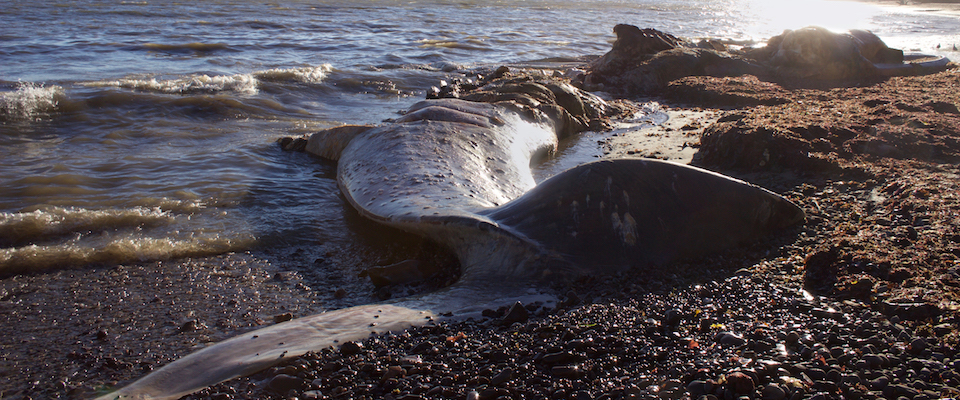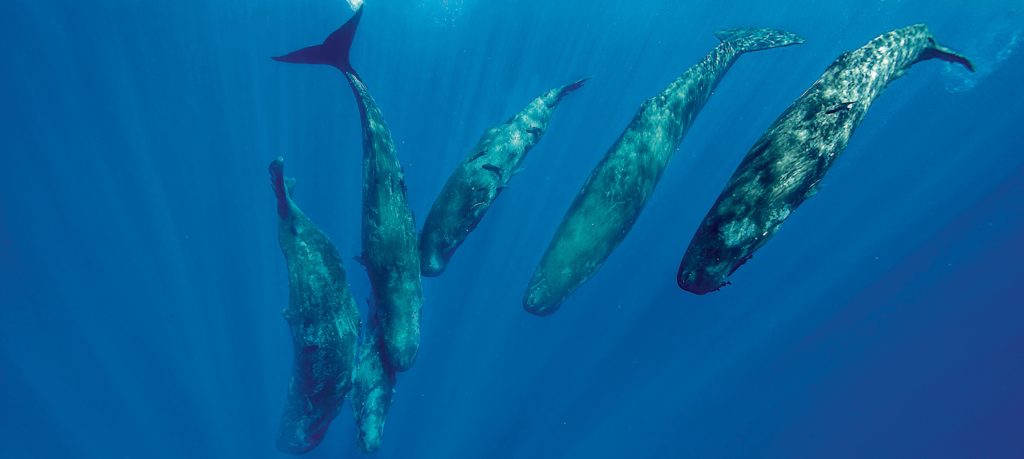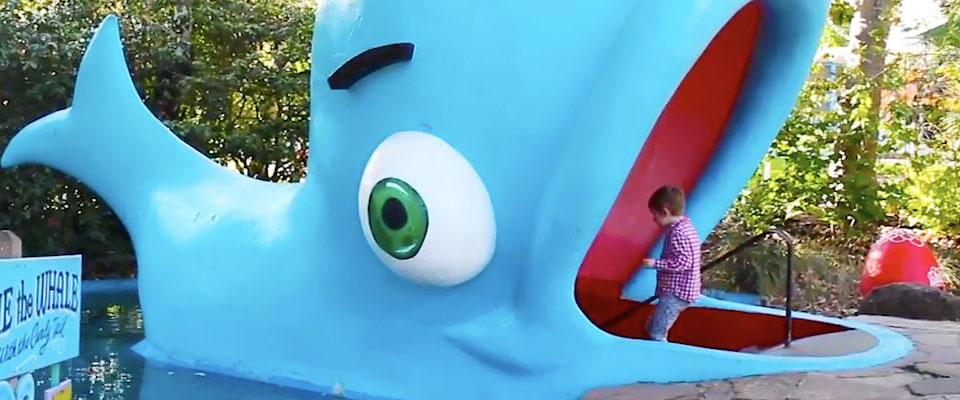What happens when the world’s largest mammal washes up dead on your local beach? Residents of Bolinas, California were faced with this question in May, when a 79-foot blue whale turned up ashore on nearby Agate Beach. According to biologists present, the necropsy (an autopsy for animals) revealed that the whale had collided with a ship and died of blunt force trauma. But after the cause of death is named, and the parts of interest taken back to the lab for research, there comes the more general conundrum of what to do with the tens of thousands of pounds of foul smelling, decomposing flesh.
In heavily populated beachside areas, drastic methods may be required. Dead whales are notorious for emitting a horrible stench as they decay and their carcasses can attract large predators like sharks, making them undesirable guests on tourist heavy beaches. This may bring to mind a viral video of the Oregon Highway Division using a half-ton of dynamite in a failed attempt to “dispose” of a rotting sperm whale (the passenger compartment of a nearby parked car was smashed by a large chunk of rancid flesh).
“Blowing them up? That’s a terrible idea,” said Berkeley Professor Emeritus in Integrative Biology Jere Lipps, who has been studying whales for over half a century. Lipps recalled studying a fin whale that washed up near Long Beach in 1962 (a decade before the Marine Mammal Protection Act), and seeing locals thrilled about the free meat. “People were coming out with tubs and slicing chunks of meat to take home. Which is another way to get rid of whale—let people eat it.”
Since 1992, the National Oceanic and Atmospheric Administration (NOAA) has been the mandated first call when a marine mammal washes onto a beach. While NOAA doesn’t condone eating or blowing up a cetacean carcass (bringing munitions to the beach is a fast track to federal prison while eating rotting meat could land you in the hospital), the organization, along with volunteer networks, has used some fairly creative methods to dispose of the bodies.

The Bottom of the Ocean
If the reef were not so shallow at Agate beach, one option for getting rid of the 70,000-pound carcass would be to tow it miles into the ocean where it would eventually sink. These “whale falls” can nourish marine life on the ocean floor for decades. “Sleeper sharks and Hagfish come in first and then there’s crabs that come in,” explains Lipps, who studies whale falls in the fossil record. “They are a very interesting ecological thing.” However, without proper guidance and preparation, towing a whale offshore can cause more harm than good.
“We have float models and drift models where we can actually look at how far it needs to be towed offshore so that it can stay offshore,” said Justin Viezbicke, the Stranding Network Coordinator for NOAA Fisheries who remotely advised the group at Agate Beach. “We don’t want to drop the whale in shipping lanes.”
Viezbicke explained a recent instance when Southern California Lifeguards took getting rid of a stinking whale carcass into their own hands. “The whale bounced all the way down the shoreline, pretty much from Orange County to San Diego County over the course of a two week period.”
In the Sand
When a 42-foot fin whale calf washed ashore popular Stinson Beach in Marin County in 2013, Barbie Halaska, assistant researcher at the non-profit Marine Mammal Center, was part of the research team that orchestrated its onsite burial. “Stinson beach is unique because you can actually get heavy machinery out there as well as having the appropriate sand ratio,” Halaska said in a recent interview.
Typically, burying a whale requires large excavators, heavy lifting equipment, and a hole in the sand several stories deep. Erosion and sedimentation limitations as well as labor intensity preclude this method from being used on many beaches.
A Landfill
When all other options are exhausted and the smell of a rotting whale becomes too much to bear, more money and labor may be in order. This was the case when a 57-foot fin whale carcass washed back ashore after being towed miles off San Diego’s Border Beach State Park in 2014.
“There’s no way you’re going to get that on a single truck,” said Mr. Viezbicke, who advised the state park team. “You basically have to take it apart.”
Hauling off large whales requires a careful dismembering effort using long hockey stick-shaped flensing blades, vestiges of the commercial whale industry that was banned by the International Whaling Commission in 1986. Once the whale has been butchered into smaller pieces, heavy machinery like excavators and cranes load it onto dump trucks. The entire process could cost anywhere from ten to 30 thousand dollars, but Viezbicke warns that this sort of extraction can also have ecological consequences.
“When you take the carcass and put it in a landfill, it completely removes the opportunity for the other critters on the shoreline to access the nutrients that that animal would have provided.”
“Leaving the animal on the beach for decomposition is the best option. Birds, invertebrates, and crabs will be fed,” said Barbie Halaska, who led the necropsy effort at Agate Beach. Because of the beach’s seclusion and the impassibility of the bordering reef, researchers left the dissected whale to decompose where it lay. This process—conducting the necropsy and leaving the whale on the beach—remains the most common course of action in the state of California.
Try explaining that to the people who have to smell the thing.





















